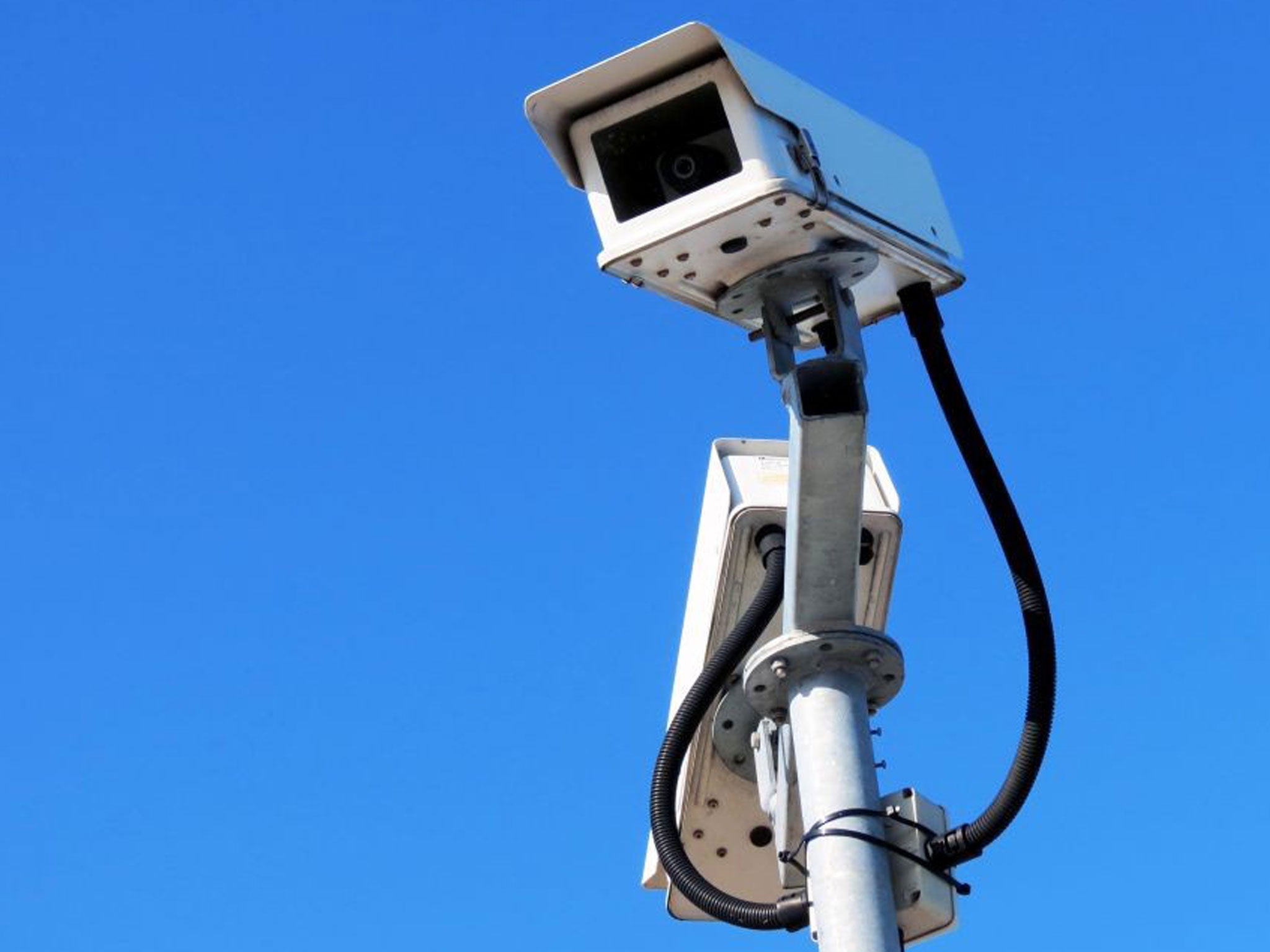Your support helps us to tell the story
From reproductive rights to climate change to Big Tech, The Independent is on the ground when the story is developing. Whether it's investigating the financials of Elon Musk's pro-Trump PAC or producing our latest documentary, 'The A Word', which shines a light on the American women fighting for reproductive rights, we know how important it is to parse out the facts from the messaging.
At such a critical moment in US history, we need reporters on the ground. Your donation allows us to keep sending journalists to speak to both sides of the story.
The Independent is trusted by Americans across the entire political spectrum. And unlike many other quality news outlets, we choose not to lock Americans out of our reporting and analysis with paywalls. We believe quality journalism should be available to everyone, paid for by those who can afford it.
Your support makes all the difference.To say anything general about “the internet” is essentially pointless. You might just as well say “art” is nice or that “science” has a tendency to be a bit complex.
On the plus side, I cannot imagine life before Cricinfo. Less positively, bullies can abuse the vulnerable without leaving their cowardly hovels.
It is a truism, however, that online publishing has thrown up all sorts of challenges for the media, including a variety of ethical conundrums. Two examples have arisen in the last week.
First came death. It is rare in print and on newspaper websites to see images of a person dying. The Press Complaints Commission Code of Practice requires us to “handle publication sensitively” at times of grief and shock in order to protect families from seeing inappropriate material. Showing dead or dying bodies is not usually regarded as sensitive.
But in the recent case of Andrew Young, killed by a single punch thrown by Lewis Gill, CCTV footage of the incident was released by police, apparently with the consent of Mr Young’s next of kin. It was broadcast on TV stations and on myriad online news outlets, including independent.co.uk. Still images, which intrinsically have a lesser impact, appeared in many newspapers.
The footage was released to shock: to show how casual violence can lead to tragedy. But in print and on TV the images have an immediate news value and are then gone. Online, the gruesome film remains in perpetuity, available to all – yet perhaps most likely to be of interest to those who surf the web for real-death videos. That seems to me an uncomfortable prospect, especially if the film is presented in isolation, without accompanying copy that contextualises.
On Thursday, the decision was made to retire the film from the The Independent’s site. Anti-libertarian? Maybe so. But its initial publication served a justifiable purpose; its continued availability might have served a rather less settling one.
After death came DiCaprio
A helmeted protester on the streets of Kiev was noted to bear an uncanny resemblance to one of Hollywood’s biggest stars. Not news exactly, but it made a witty addition to an online story about Leonardo DiCaprio’s failure, again, to get the big Oscars win last Sunday evening.
One reader felt offended by the use of the image in an entertainment story. No offence was intended, of course, and I find it hard to agree that the story undermined the seriousness of the situation out east.
The Independent’s reporting and analysis of Ukraine has been serious, insightful and considerable. To conclude that one harmless reference to a protester looking like a famous actor reflected our view about the situation would be absurd.
But here again print and web can diverge. In the newspaper, the breadth and depth of coverage is plain to see. The website’s homepage creates a similar sense of how extensive our reporting is on any day.
Yet a web user who alights on a single story and reads it in isolation may draw unreasonable conclusions about what it says of The Independent’s take on the subject in hand. They shouldn’t, in theory. After all, one imagines that someone who happened to see Have I Got News For You would not presume that its purpose or outlook was the same as the News at Ten. There remains an onus on web publishers to label content clearly to reduce the potential for confusion. In the case of our piece on Leo, it was to be found, suitably enough, in the Films section.
Will Gore is Deputy Managing Editor of The Independent, i, Independent on Sunday and the Evening Standard Twitter: @willjgore


Join our commenting forum
Join thought-provoking conversations, follow other Independent readers and see their replies
Comments